Dear Fahrenheit 451 by Annie Spence
Librarians love books. We love the smell and the feel of books. We love the weight of knowledge that you feel just holding a book in your hands. But sometimes, you find a book that just makes you want to throw it against a wall. Or bury it in your yard. Or – fellow librarians, cover your eyes – set that book on fire.
In “Dear Fahrenheit 451: Love and Heartbreak in the Stacks,” librarian Annie Spence writes letters to books that have left an impression on her (both good and bad). From “Matilda” to “The Goldfinch” to “Cornzapoppin’!: Popcorn Recipes and Party Ideas for All Occasions” – Annie has read them all, and she has feelings.
Annie’s letters are well-written and approachable, she mourns her inability to get through “Anna Karenina” and sheds light on the unhealthy relationship at the center of “The Giving Tree.” Each letter is composed like a love letter, or a break-up letter in some cases, and is signed with Annie’s signature. Reading this book feels like reading someone’s personal, and very unusual reading journal.
These letters are hilarious, but also ridiculously informative. If you want to know what series is loved by both semi-truck drivers and precocious children bored of the books in the Children’s Room, Annie can help with that (it’s Agatha Christie’s Miss Marple series).
Annie Spence is a master of a skill essential to library work called “reader’s advisory.” It is skill all about being able to understand and create connections between books. When a patron comes into a library looking for what to read next, we have been trained to help you find something else you will probably enjoy. Annie Spence is here – in book form – to help you find your new favorite books.
Annie is also ready if you need some advice for your life, not just what to read but also Excuses to Tell Your Friends So You Can Stay Home With Your Books (page 177) or Turning Your Lover into a Reader (page 205) – if you find that your significant other is just not that into books.
Reading this book feels like talking to a friend, the reader feels very connected to Annie and her experiences reading books. You can tell just how much she loves reading – and it makes you want to expand your own reading horizons. If nothing else, pick it up so you can truly understand how voracious readers feel about the library from Disney’s Beauty and the Beast (page 163).
If you look forward to reading these book reviews that we at the Joplin Public Library provide every week, then I heartily recommend that you give “Dear Fahrenheit 451” a try.

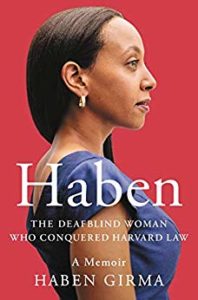 t
t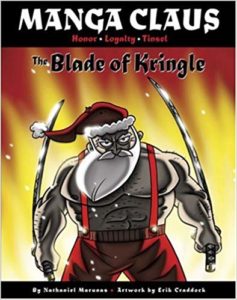 hings I like best about the holiday season are the stolen moments of quiet amidst the hustle and bustle–lovely, little gifts of reading or listening time when least expected, so I try to have a book of some sort at hand. Since Thanksgiving weekend, I’ve already managed to squeeze in some titles that were on my hold list. Here are two quick (and vastly different) reads I’ve recently enjoyed and am excited to share with you.
hings I like best about the holiday season are the stolen moments of quiet amidst the hustle and bustle–lovely, little gifts of reading or listening time when least expected, so I try to have a book of some sort at hand. Since Thanksgiving weekend, I’ve already managed to squeeze in some titles that were on my hold list. Here are two quick (and vastly different) reads I’ve recently enjoyed and am excited to share with you.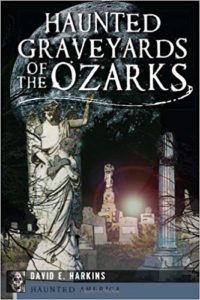
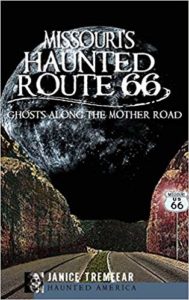
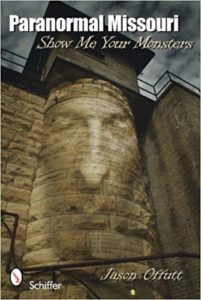 Haunted Graveyards of the Ozarks by David E. Harkins
Haunted Graveyards of the Ozarks by David E. Harkins